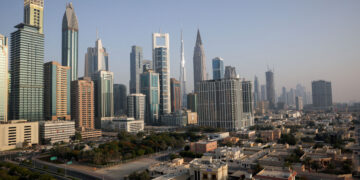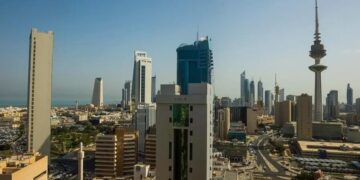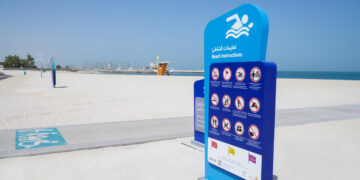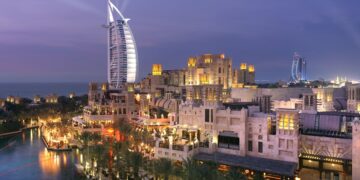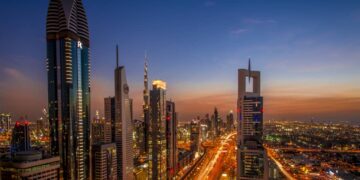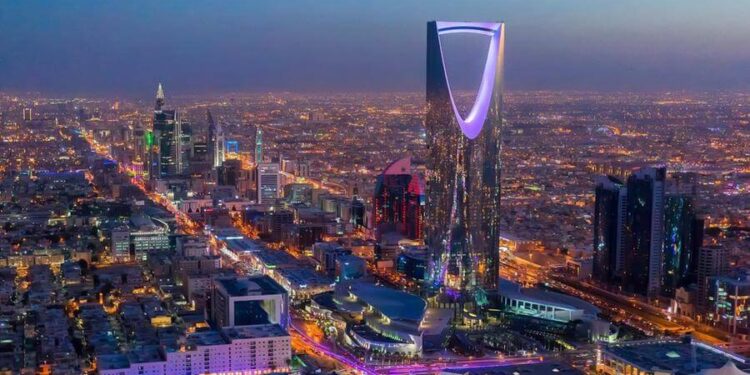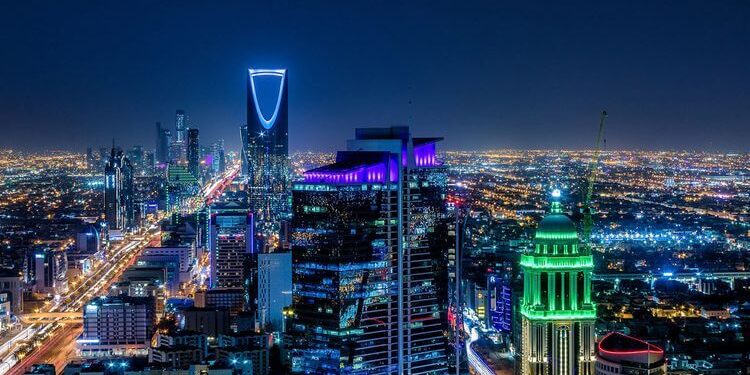According to the Savills Growth Hubs Index in the most recent Savills global thought leadership program Impacts, Riyadh has become one of the top 15 fastest-growing cities.
Driven by Saudi Vision 2030, Saudi Arabia presents a multitude of opportunities for new development and business expansion. Among Savills’ top 15 Growth Hubs, Riyadh stands out as the only non-Asian city. Its potential is attributed to a projected 26% population growth over the next ten years, which would bring the city’s population from 5.9 million to 9.2 million.
To accommodate the expanding population, it is anticipated that this growth will lead to ongoing government spending on massive infrastructure projects as well as enhanced amenities and services.
Employment potential
Richard Paul, Head of Professional Services & Consultancy Middle East, says: “Saudi Arabia boasts a population of around 36 million people and, astonishingly, 67% are under the age of 35. The employment potential and ultimate spending power of this segment of the population over the next decade are enormous.”
According to government data released earlier this month, Saudi Arabia’s net inflow of foreign direct investment (FDI) rose 5.6% to SR9.5 billion ($2.53 billion) in the first quarter of 2024 compared to the same period the previous year.
Ramzi Darwish, head of Savills in Saudi Arabia, says: “The 30-year tax relief for regional headquarters, expanding market, and promising prospects are attracting international companies and reinforcing Riyadh’s position as a vital regional hub for leading businesses across diverse industries.
“Riyadh is experiencing a remarkable surge in corporate interest, with over 180 foreign companies establishing their regional headquarters in the city in 2023, surpassing the initial target of 160. This growing confidence reflects the robust potential of the Saudi capital.”
Savills Growth Hubs Index
The Savills Growth Hubs Index is a companion to the Resilient Cities Index. To identify high-growth cities with increasing wealth and expanding economies, Savills specifically looked at the economic strength pillar and projected it through 2033. In the top 15, Chinese and Indian cities are ranked five places apart, Vietnam is ranked two, and the Philippines, Bangladesh, and Saudi Arabia are ranked one apiece.
The data is from Oxford Economics at the city-metro level. Future credit evaluation is done on a national level. The study only includes cities whose GDP is projected to reach $50 billion or more in 2023. Rather than identifying the largest cities as the chart displaying city GDP in 2033 does, the index identifies the cities that will grow at the fastest rate over the next ten years.
Paul Tostevin, director and head of Savills World Research, comments: “In economic terms, cities in India and Bangladesh are set to average GDP growth of 68% between 2023 and 2033, followed by those in Southeast Asia, including Vietnam and the Philippines, at 60%.”
Real estate implications
“As global growth pivots further from west to east, the real estate implications for cities multiply. The new centers of innovation will become magnets for growing and scaling businesses, and this will underpin demand for offices, manufacturing and logistics space, and homes. Meanwhile, rising personal wealth and disposable incomes will drive opportunities for new retail and leisure developments.”
The dominant position of Asian cities in the rankings is attributed to the changing nature of the region’s economy, which places a greater focus on tech-driven growth. Other important variables, though, include planned infrastructure spending and methods to boost connectivity and corporate competitiveness.
While economic performance and population growth are promising indicators of future growth, there are other factors required to succeed. Tostevin explains: “Today’s global growth hubs won’t automatically turn into tomorrow’s Resilient Cities. For this, they’ll need to consider their own pathways to more environmentally sustainable development and improve education and labor force participation. They’ll also need to facilitate stable, transparent, and liquid real estate markets.”















